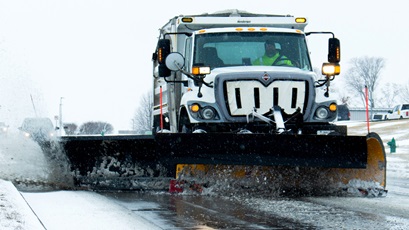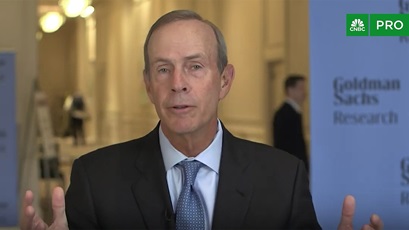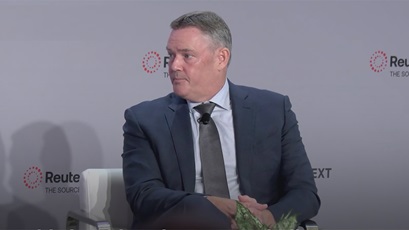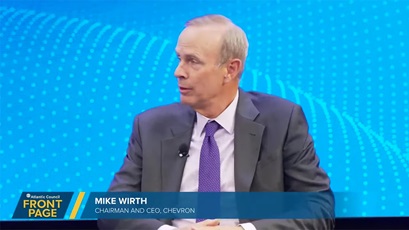emissions solutions
explainer: what is a CO2 storage hub?
3 min read | april 05, 2023
Carbon dioxide storage hubs can help industries abate their emissions.
A carbon dioxide (CO2) storage hub may sound like a place buzzing with activity but in fact it’s a deep geological reservoir where emissions from carbon-intensive industries are captured and permanently stored. CO2 storage hubs offer a solution for what are known as hard-to-abate sectors. Think industries such as petrochemical, power, steel and cement manufacturing where it’s difficult to decrease carbon intensity.
CO2 storage hubs are often characterized by deep underground reservoirs. They are frequently served by pipes that transport the carbon to the hub. They are considered hubs because they collect and store CO2 emissions from multiple industries located near the hub.
why it matters
Hubs provide a place for businesses—such as industrial manufacturers that provide the services and products necessary for modern life (cement, steel and more)—to sequester and permanently store their CO2. When companies come together to share a hub, economies of scale are created which can drive down costs. Dividing the upfront infrastructure costs, such as pipelines, makes CO2 storage a more attractive solution.
Hubs can be a critical factor in helping to reduce carbon emissions to support the net zero ambitions of the Paris Agreement. According to the Intergovernmental Panel on Climate Change, large-scale carbon storage and capture technologies are instrumental in achieving such ambitions.
digging deeper
Beyond costs, several factors influence where Chevron decides to build a carbon storage hub:
- Enough customers, also known as emitters, who are close enough to use the hub.
- Sufficient land and pore space to make a hub possible.
- Efficient and transparent regulatory policies in place to enable the development of hubs.
Geology and community engagement also influence where we build a hub. We aim to keep the community informed, answer questions and get input when considering establishing a carbon storage hub.
investing in tech
Before you can store CO2, you have to capture it. Some companies do this already. For example, liquefied natural gas (LNG) producers routinely remove the CO2 so they can compress and ship the LNG. Others would like to capture their CO2 emissions but lack the technology.
Chevron is investing in a number of carbon capture technologies to support decreasing our own carbon intensity and to support customers across a variety of industries. Collaborating with customers, governments and industry enables us to deploy technology and projects on a wider scale. These public-private collaborations can help us overcome barriers such as the high cost of carbon capture and storage and help with public education and acceptance of CCUS.
lianne armpriester
general manager of CCUS solutions for chevron’s new energies organization
our expertise
Chevron helped pioneer large-scale CO2 injection 40 years ago. We have experience transporting CO2 in pipelines, having safely operated a CO2 pipeline in Colorado for 35 years. Our insights from this firsthand experience and our understanding of subsurface spaces make us an ideal partner for businesses considering and implementing solutions such as these hubs.
policies
Policies governing CO2 storage are not uniform across the United States. Chevron complies with all laws and permitting processes. We also support policies that facilitate the establishment of hubs and allow us to provide a service that is important to lowering carbon intensity, particularly of industrial processes and products. Strong policy support and cooperation between potential participants is necessary to develop hubs and CO2 transport infrastructure to enable lower-cost and large-scale carbon capture and storage deployment.
topics covered
related content
-

 biodiesel helps cities lower emissions
biodiesel helps cities lower emissionsemissions solutionsfebruary 04, 2025
-

 chevron CEO discusses the future of energy
chevron CEO discusses the future of energyemissions solutionsjanuary 20, 2025
-

 novel ideas, established companies key to advancing lower carbon tech
novel ideas, established companies key to advancing lower carbon techemissions solutionsjanuary 14, 2025
-

 chevron CEO talks growing production, efficient spending
chevron CEO talks growing production, efficient spendingemissions solutionsdecember 18, 2024
chevron email updates
Subscribe to our newsletter to receive news and updates.



